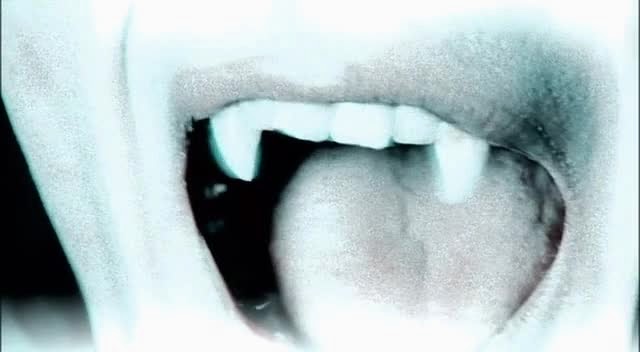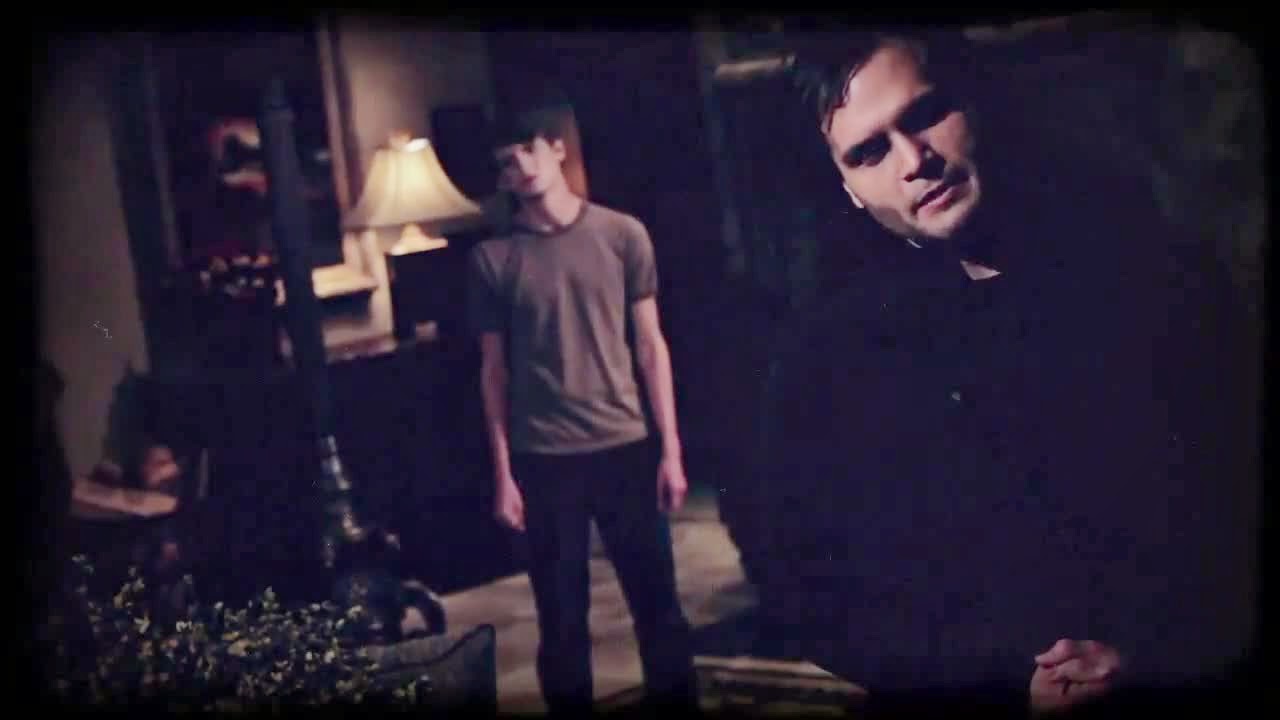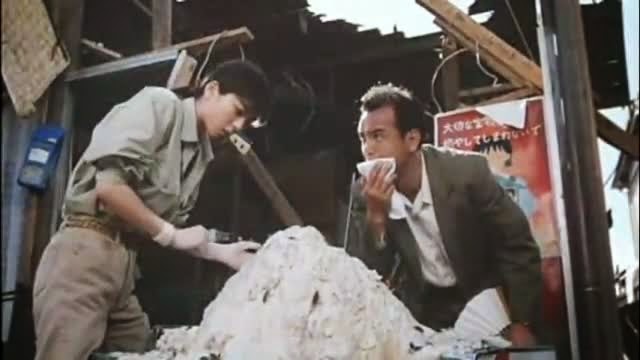Recently I was contacted by blog reader Cappy who asked me who the first American vampire was (in a literary sense). I wasn’t 100% sure, but the earliest story I could think of was
Ken’s Mystery by Julian Hawthorne (1883) – for details of this story please see my reference volume
The Media Vampire![]()
.
Cappy replied recently, having done some research and discovering the volume
The Best Vampire Stories 1800-1849: A Classic Vampire Anthology, edited by Andrew Barger. In it is the story
The Black Vampyre: A Legend of Saint Domingo. Credited to Uriah Derick D’Arcy it was published in 1819 and Barger makes the case – in an introductory piece – that the author was actually Robert C Sands. The story was republished, via a friend of the Sands’ estate, in 1844 within the Knickerboker magazine.
It is clear that the author was aware of Polidori’s
The Vampyre: A Tale as according to Barger, the introduction mentions “
The White Vampyre,” in reference to Polidori’s story. Unfortunately the original introduction, coda poem and mention of the vampire as a symbol of capitalism, which are all mentioned in Barger’s introduction, are stripped out of Barger’s volume. He does keep the stanzas from Byron’s the Giaour in place, and there is a line at the end of the substantive story that deliberately apes the last line of Polidori’s story.
Taking it at face value the story itself is a bit of a mess, indeed it seems to be more an introduction to a longer tale that never was than its own standalone story. It introduces us to a character, Mr Anthony Gibbons, through his ancestors. This ancestor, who is the primary character of this story, is never referred to by name but is one of a group of slaves taken from Guinea to St Domingo. All the slaves died, shortly after arrival, of yaws, bar one who was not deemed fit for work; and so the plantation owner, Mr Personne, “
charitably knocked out his brains; and the body was thrown into the ocean.” The African resurrected – now in this scene the moon is described as “
shining bright” but a direct causation between moon and vampiric resurrection is not specifically mentioned and later vampyres are dying and resurrecting under their own steam in a subterranean cavern.
Eventually, having killed him several times (and rising, at one point, “
without bending a joint” in a moment of imagery that pre-dates
Nosferatu), Mr Personne decides to cremate the African but ends on the pyre himself. Badly burnt, no more notice is taken of the slave, but when he gets back home he discovers that his infant son has been killed or is missing (with only skin, nails and hair in the boy’s cot). This kills Mr Personne.
Mrs Personne then remarried twice, seeing both these husbands to their graves. After the third husband passed away she meets an African Prince (yes, the very same African who was brought over as a slave) and his page, a European boy named Zembo (who we discover is actually her lost son). She is wooed by the Prince and then marries him, despite the remonstrations of the family chaplain. Now remember, this is a story from 1819 and so, to many reading the story, the idea of an interracial marriage would be shocking.
After their wedding he takes his wife, in a daze, to her family graveyard. He digs up the corpse of one of her sons. The body is somehow still fresh and “
bending over the corse; he scooped out the heart, with his long and polished nails”. He squeezes blood into a chalice, mixes it with grave dirt and forces her to drink it whilst swearing not to reveal the rite she has been forced into. Having witnessed the dead being summoned from their graves, she passed out and woke again at midnight the next night and, “
by a certain carnivorous craving in her maw, and by putting this and that together, she found she was a—vampyre!!!”
She causes her first husband to rise as a vampire. We see husband two and three (raised by the Prince) fight a duel and then be subsequently staked by the Prince and Zembo. Personne and his wife are then told to head for Europe but first they go to a cavern filled with vampyres and human slaves. There follows a long passage of a speech that speaks of vampirism and has the following lovely section, “
immortal bloodsuckers! –To ourselves—whether Gouls,—or Afrits,—or Vampyres;—Vroucolochas,—Vardoulachos,—or Broucolokas; —To ourselves—the terror of the living and of the dead, and the participants of the nature of both,” This shows a lovely range of various names for the restless dead had transported over to the US.
The meeting moved on to a call for emancipation, which Barger suggests makes it the earliest known anti-slavery story. We discover (as well as claiming Prometheus as the first vampyre) that the only way to kill a vampire is by stake or through a vial of liquid that will cure the vampyre and comes directly from the Obeah mysteries. Attacked by soldiers (who are instructed in how to kill vampyres by Zembo) we see the slaves sneak from the cavern and all the vampyres killed bar the Personnes and Zembo, who use the liquid to become human again. Mr Personne ends up some sixteen years younger than his wife (who doesn’t mind the attentions of a younger man).
However, Mrs Personne is pregnant by the Prince and the child is both a “
mulatto” (an archaic term, which is now offensive, for a person of mixed race) and of “
Vampyrish propensities”. Having used all the liquid they cannot cure him of that and it is from his line Anthony Gibbons will be born – though his story remains hidden.
This story then is one of many a first and some we have already mentioned. It is the first American vampire story I am aware of, it is the first instance of a black vampire, it is apparently the first story to argue universal emancipation, it is the first story to suggest a definitive cure for the vampire (rather than destruction) and it is the second published English language vampire story. As such I was rather cynical about the authenticity of the story but whilst an online search didn’t reveal a facsimile of the original pamphlet reproduced online (though I did find one of the 1844 printing) it did reveal the title and author (D’arcy) referred to in journals from 1819.
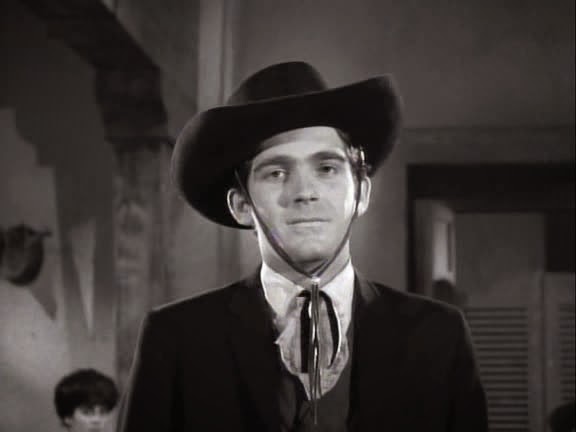



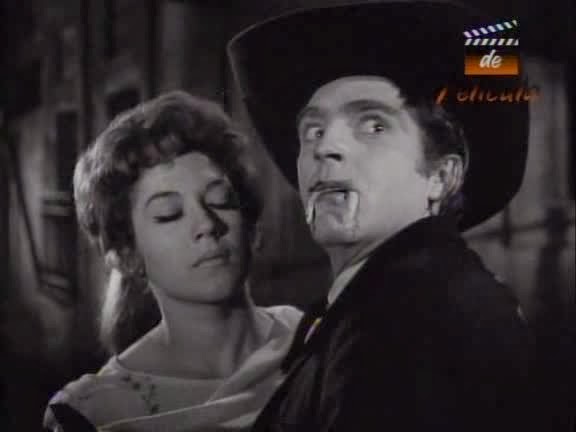














 .
.





